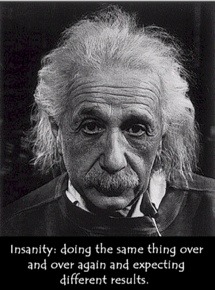However you describe or name them, management skills are much more about circumstance and location.
Each company has its own unique combination of people, processes and market dynamics.
Having helped many SME’s to improve their management effectiveness, to me achieving this goal boils down to just three simple words; Vision, Mission and Omission.
- Without a clear Vision communicated by the Directors or senior managers of a company, the raison d’etre is lost and all that follows it.
- It is the job of the middle managers to expand on the Vision to create individual department Missions. If for example the vision of the organisation is to operate trains nationwide profitably, the mission of each department should focus on how to deliver this.
- The workforce in any organisation then performs the daily processes to achieve the vision and mission. This is where smaller organisations often fall down. Usually with team leaders and managers having to multi task, key skills will simply be missing. It is essential that these organisations identify the Omissions or ultimately they will fail. Suggest ‘consultancy’ to these types of companies and it can be treated with doubt or cynicism. However for an SME to be truly successful, its management team must identify the omissions and seek to fill the gaps.
At this time this is particularly relevant to the export world with so many companies being encouraged to expand sales internationally to achieve growth. This is one discipline where experience and knowledge are vital to success. If you are a company based in the North East of England ask your local UKTI contact about the funded Virtual Export manager scheme which is a great way to get started.

